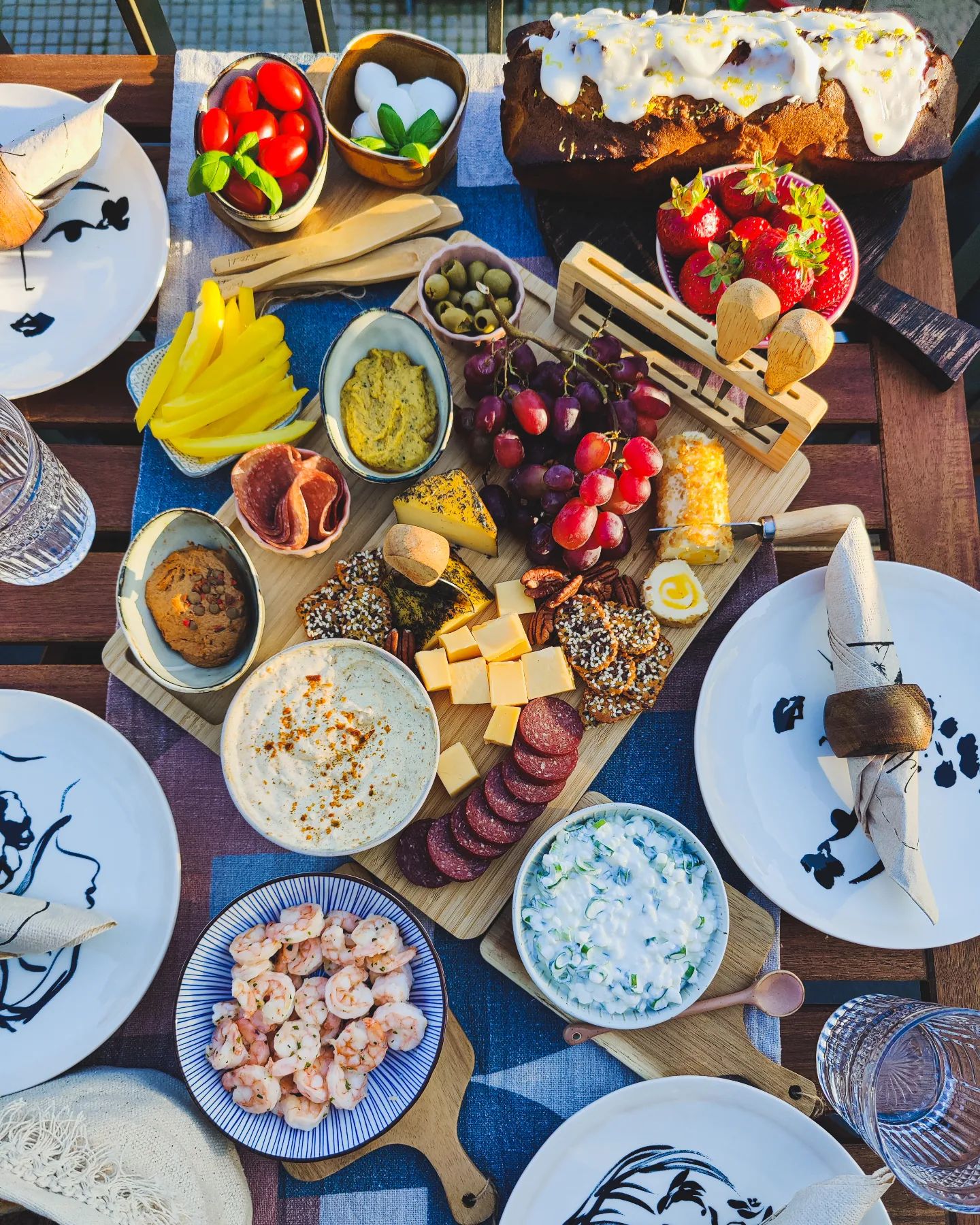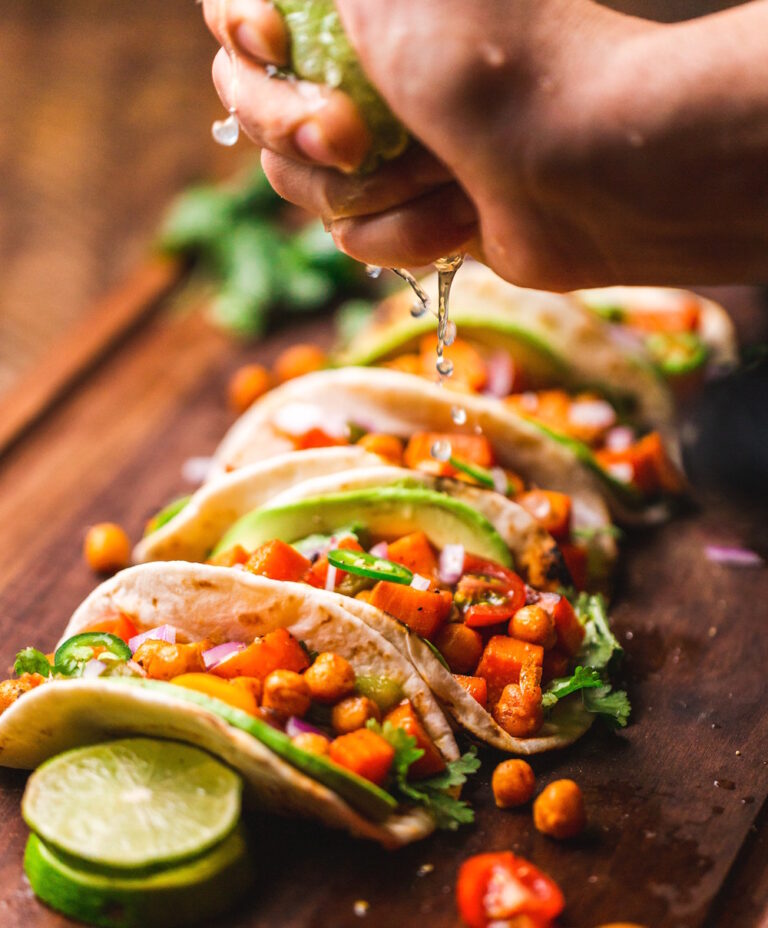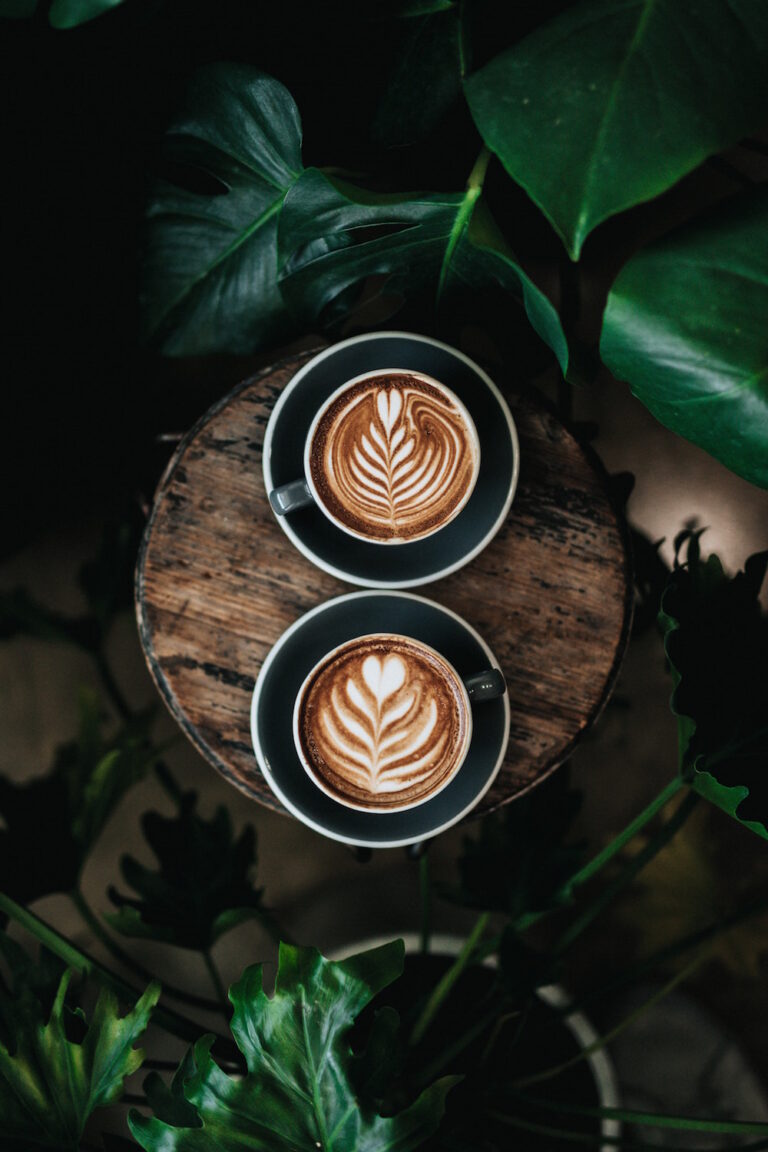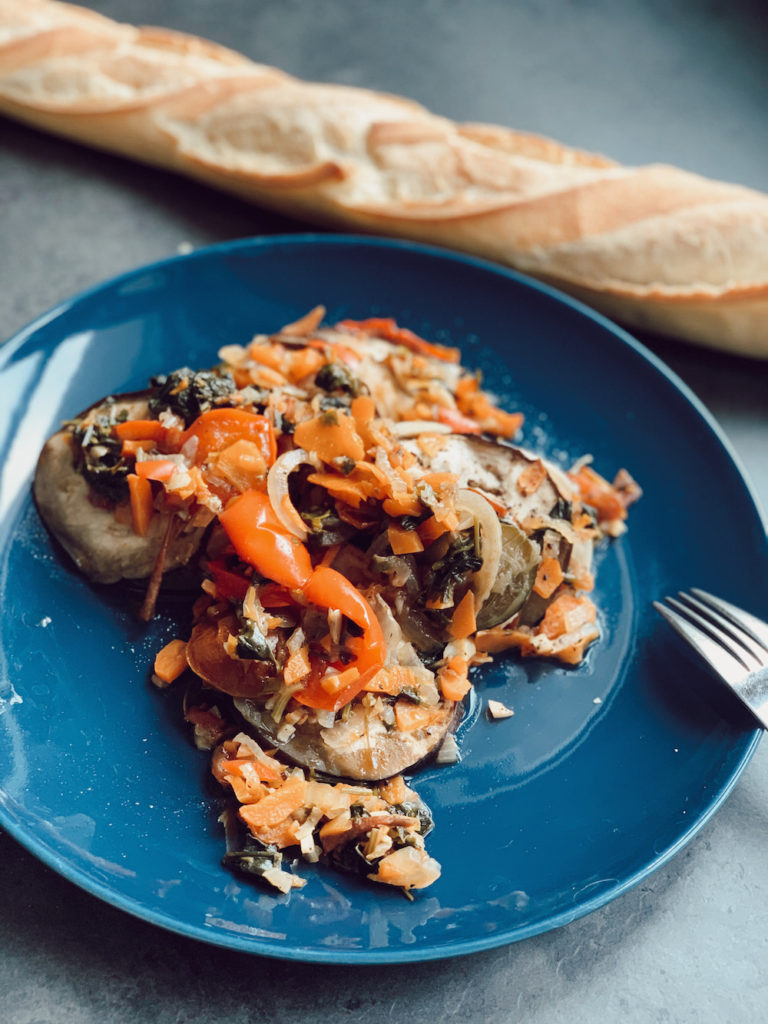Food And Design: The Art And Science Of Presentation
Food has always been a feast for our senses, and its presentation plays a vital role in creating an unforgettable gastronomic experience. The art of food presentation, often referred to as food design, goes beyond simply placing ingredients on a plate. It combines aesthetics, functionality, and culinary creativity to transform a dish into a visually captivating masterpiece. In this article, we delve into the fascinating world of food and design, exploring the art and science behind food presentation.
The importance of visual presentation in the field of gastronomy

Human development is closely linked to our ability to transform the raw ingredients we find in nature into something tasty and nutritious. Just think of bread, a fermentation by-product that has been a staple food for thousands of years; or how we use salt, fat and sugar as preservatives. Creating food is a design process, which is why it is often compared to the art of design. In the essay “The Body, Design, and Evolution,” published in a book on “Disegno. Desenho. Designio,” its author, Helena Katz, defines design as “the organization of parts into a whole in such a way that those components lead to the intended result.” But achieving this arrangement is always difficult – whether designing something ordinary, or creating something extraordinary. There are so many possible combinations. Each arrangement is nothing but a huge number of possibilities.
The concept of modern food design
The concept of food design includes everything that is related to food preparation or the process of eating. Simply put, food design is a sub-discipline of food design. It includes the creation of new products and factors such as packaging, staging, ways of serving and storing food. The term was first coined in Europe around 1997, and is now supported by the International Food Design Society (IFDS). The target base is people in all their complexity, so it is important to consider social, economic and cultural aspects when thinking about any food-related product or service. Food design also incorporates knowledge from subject areas such as biology, genetics, anthropology, psychology, sociology and nutrition.
Food design is divided into several subcategories that make it easier to learn and understand:
– Food Design. This field looks at food as an object, considering aspects such as usability and ergonomics. It is governed by the logic of industrialization, which uses creative processes to create new formats, materials, names, packaging, flavors, textures, temperatures, and colors.
– Food design. The creation of food products to be produced by large enterprises.
– Design of related products. All products that can be used to prepare, cut, mix, store, preserve and serve food. This also includes anything used to prepare, distribute, and sell food. Packaging is an example of related product design, which is used both to store and transport food and to promote the brand and contents.
– Food Space Design. Consider the places where we eat, from restaurants to kitchens to dining rooms. It explores interior design features (lighting, furniture ) as well as factors such as atmosphere (temperature, music) to create a comfortable dining experience. He also looks at places where food is prepared and sold, including bakeries, cafes, and grocery stores.

To explain the theory of food design in terms of emotional perception, think of a perfectly served dish that engages all five of your senses. Maybe it’s an expertly prepared uramaki roll with razor-thin slices of avocado, sprinkled with panko, splashed with unagi sauce with rose, ginger and wasabi adorning the edge of the plate. A dish like this stays in consumers’ minds much longer than a meal with mediocre presentation, and creating this kind of experience is exactly what chefs are looking for. A well-executed food presentation can give customers a sense of professionalism and offers an immersive experience that not many can recreate with the same skill within their own culinary endeavors.
The impact of social media on gastronomic design
In the digital age, artistic food design can also make dishes more appealing to photograph and share on social media. While there are definitely pros and cons to sharing photos before meals on platforms such as Instagram, it can be an effective way to attract attention and increase sales for many restaurants.
The technique of serving food is also extremely important. Details regarding the element of appearance include the color, size and pattern or texture of the dishes. Presentation begins with plate selection, and then deciding how the main course and the rest of the ingredients are arranged. From there, it usually moves on to sauces to create visual contrast and shapes that are not easily replicated with more solid foods. Finally, the garnish adds the finishing touch. Bright colors look good against a dark background, while more neutral or muted colors can use a white background to create a visual delight. In addition to food color, different methods of adding color can include the use of sauces, spices, and garnishes.
Calculating the ratio of food to plate is another technique that requires professionalism. Serving a smaller portion of food on a larger plate to show more space or serving food in miniature vessels can be an interesting way to present food.
The key is the arrangement of the food. There should be an item with a “star”, the one that comes first and is also likely to be the largest piece on the plate. This approach avoids visual competition and allows the ingredients to support the main course.
Conclusion
The visual appeal of a dish has tremendous power. Food design uses the principles of color, texture, balance and symmetry to create visually striking representations. The play of textures is another important aspect of food design that adds depth and interest to a dish. Combining different textures such as crisp, creamy or velvety can enhance the overall enjoyment of a meal. Serving techniques are an integral part of food design, allowing the chef to showcase their creativity and culinary skills. The arrangement of components on the plate also influences the flow of flavors, creating harmonious combinations and improving the overall balance of the dish. Successfully applied serving ideas not only enhance visual appeal, but also contribute to the overall flavor experience. Food design combines art and science to create visually stunning and sensorially beautiful works of art in the world of food.
List of References
1. Kimmy Hescock “Edible Ensembles: A Fashion Feast for the Eyes”, 2021
2. Marije Vogelzang “Eat Love”, 2014.
3 Elizabeth Cawdry Thomas “Food Art: Creative Food Work Outside the Table”, 2017
4. Francesca Sarti “Food Futures: Sensory Explorations in Food Design”, 2018.






